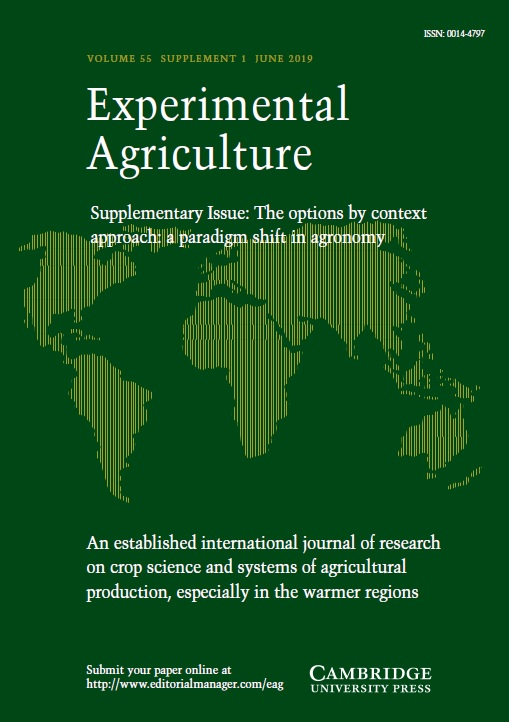Crossref Citations
This article has been cited by the following publications. This list is generated based on data provided by Crossref.
McIvor, John G.
2007.
Pasture management in semiarid tropical woodlands: improving the herbage quality of stylos and grasses.
Australian Journal of Experimental Agriculture,
Vol. 47,
Issue. 11,
p.
1359.
Rani, Reena
Singh, J. P.
Sanyal, Archana
Rajora, M. P.
and
Trivedi, Ankita
2023.
Lasiurus sindicus
Henr., a key perennial fodder grass for desert ecosystem
.
Arid Land Research and Management,
Vol. 37,
Issue. 1,
p.
1.

